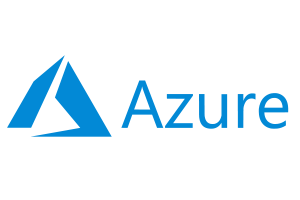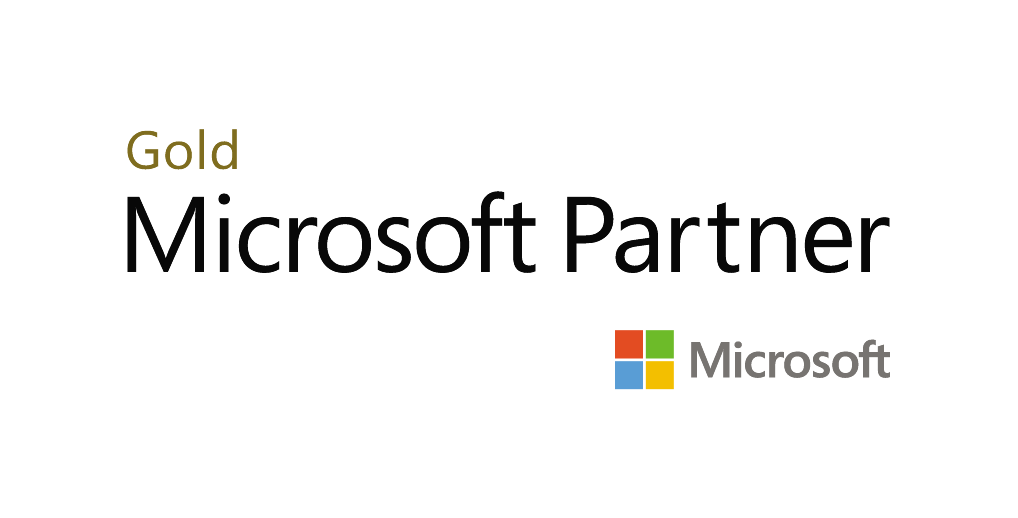
What can Microsoft Azure do for you?
Microsoft Azure offers your employees a productive work environment in which they are comfortable. With a collection of Cloud services, you are assured of high continuity. It allows you to move your IT infrastructure and applications to the Cloud. This has the advantage of using just what you need here.
The following questions briefly introduce you with our Cloud services.
What can I imagine when talking about the 'Cloud'?
Working in the Cloud is done with an Internet connection. This gives you access to remote servers so your data and software are no longer local. This eliminates expensive investments. Instead, services are hosted by Microsoft experts in highly secure data centers around the world. Today, e-mail, CRM or ERP systems are usually in the Cloud, so you probably already use it. There are several companies that provide Cloud services. We resolutely choose Microsoft here, more specifically Microsoft Azure.
What are the possibilities with Microsoft Azure?
You get countless opportunities in the Cloud. Most of all, you enjoy a secure digital work environment. Additionally, you take advantage of technology that evolves with you. From Backups and server hosting to containers and databases, the possibilities are endless. Discover Lean application hosting without growing pains or investments, Disaster Recovery without worries and hosted Remote Desktop Services on the fly. Want to offer your own solutions as SaaS? You can. Setting up environments for rapid collaboration, increasing the capacity of your website for global marketing campaigns, … All these services are offered via the Cloud and can be perfectly integrated within your own network environment. The Azure platform is constantly evolving and changes are implemented quickly. As a result, new features are available at lightning speed. The other side of the coin is that guidance and adaptation are very important aspects when switching to Azure.
In the Azure platform constant developments take place and changes are implemented quickly. As a result, new features are available at lightning speed. The other side of the story is that guidance and adaptation are very important aspects when switching to Azure.
What are the advantages of Microsoft Azure?
Microsoft Azure brings massive scalability, both upwards and downwards. That makes the platform interesting for both large companies and SMEs. After all, you don’t have to switch completely to Azure. This can also act as an extended data center, for example. This platform relies on the Compute on Demand principle. Servers can be turned on or off at any time so you only pay for what you need. This way, you no longer waste resources on too much capacity that you don’t really need. Still, it is important to provide extra server capacity so that performance does not decrease with extra traffic. Azure automatically adds that extra capacity without you having to make that assessment yourself.
Infrastructure is constantly available so applications and new applications can be tested faster. Azure is Fast Provisioning; additional space is added quickly and additional capacity can be provided at short notice. Microsoft Azure supports a wide variety of programming languages, tools and frameworks, allowing both Microsoft-specific and third-party software to function properly. New Web applications and upgrades can be added easily.
Azure proposes a combination of Infrastructure-as-a-service (IaaS), Platform-as-a-service (PaaS) and Software-as-a-service (SaaS). IaaS only offers you the infrastructure of the Cloud i.e. the servers, storage, firewalls and networking equipment that you used to purchase yourself. That is now leased as a service. So you can omit your investments for this hardware. This is not recommended because you then have to maintain and update that infrastructure yourself. If you choose a combination with PaaS, all this is done by Microsoft. Software programs can then be added, tested and marketed by yourself. This service from Microsoft keeps running regardless of the number of users. Azure also offers several applications as SaaS, such as Office 365. Here you pay a monthly cost per user.
Azure provides enhanced security through Microsoft’s constant efforts as well as regular updates. In addition, they provide many security components. Security is hugely important to Microsoft and their customers. Not only the digital security and logging of all actions but also the physical security of the data centers (e.g. access control, limited number of authorized administrators). The amount of certifications is something that is not feasible for most companies on their on-premises data center.
Azure’s pay-as-you-go principle provides subscription as a cost rather than an investment in building out your own data center. So there are no more large investments in hardware, software or maintenance; you pay for what you use, just like with water, gas or electricity. This keeps advanced software for business applications affordable for everyone and you don’t pay the maximum amount for space you will never use. The advantage of this business model is that costs are transparent (which component generates which costs) and expenses are greatly reduced when components are not used and turned off at that time. For example, do you only need access to your database from 8 a.m. – 10 p.m.? Then this application is simply turned off at night. If you choose, for example, to reduce the number of servers in the middle of the month, then you will actually pay a lower price.
The advantage of this business model is that costs are transparent (which component generates which costs) and costs are greatly reduced when components are not used and turned off at that time. For example, do you only need access to your database from 8 – 22 hours? Then this application is simply turned off at night. If, for example, you choose to reduce the number of servers in the middle of the month, you will effectively pay a lower price.
With more than 60 Azure regions worldwide and several data centers in Europe, applications can be brought closer to the employee. Azure gives us the tools and the possibilities to provide permanent availability. Applications are accessible from anywhere since the data centers are located worldwide. Offering the same continuity in your own server room (often a small room where the equipment is located) is unaffordable. Especially considering the price of power consumption nowadays. By moving all applications and data to the Cloud, users can easily work mobile as soon as an Internet connection is available. This makes working from home secure, productive and efficient.
The opportunities for building out redundant infrastructure are vast and not limited to the data center. Cloud data centers contain built-in redundancy. If one server crashes, the request for another server in the data center will be executed automatically. This keeps your applications running and your data constantly available.
What is the difference with a local server?
When you purchased your server, they probably estimated how much capacity you would need in the future. These estimates do not match reality in the majority of situations. In some cases, companies buy too much and do not use the available capacity. Other times, companies are growing rapidly and underestimate the capacity and have to buy additional servers to increase their capacity. This brings additional and large costs. Moreover, they are then also responsible for managing their servers when they need to be updated or require maintenance. If this scenario were to take place in the Cloud, many advantages can be listed. You no longer locate the hardware needed to host your data, applications and files locally. They are somewhere in a Microsoft Data Center with servers all over the world. With just a few clicks, you can resize your server. So it always moves with the needs of your organization. Updates and maintenance are done by Microsoft itself, which bears full responsibility. When something goes wrong, you can always fall back on other servers that will take over for you.
If this scenario would take place in the Cloud, a lot of advantages can be listed. The hardware needed to host your data, applications and files are no longer located locally. They are located somewhere in a Microsoft Data Center with servers all over the world. Updates and maintenance are done by Microsoft itself, who also bears full responsibility. When something goes wrong you can always fall back on other servers that take over for you.
Do I have to switch to the Cloud right away?
Of course, a hybrid solution is also possible. Some applications that are important for the operational functioning of your company may not yet be able to go to the Cloud or are better off staying local. By analyzing your entire infrastructure, this allocation can be made efficiently. So you can focus on what you do best; creating value for your employees and moving your organization forward. Without having to worry about managing or scaling your infrastructure.
So you can occupy yourself with the things you are good at; creating value for your company. This without breaking your head about managing or scaling your infrastructure.
How does Azure work for me?
To present the possibilities for your business in the Cloud, it is crucial to perform a thorough analysis or audit of your existing IT infrastructure. This in order to provide an accurate representation of a Cloud solution. This allows us to make you a personalized proposal comparing on-premises (hardware), the Azure Cloud or a hybrid solution. Safe-Connect stands for complete transparency and therefore an assessment is necessary, partly because the Cloud is a very different “world” and we approach it with a very different mindset. Finally, we review this report together and can estimate the costs associated with moving to the Cloud.
